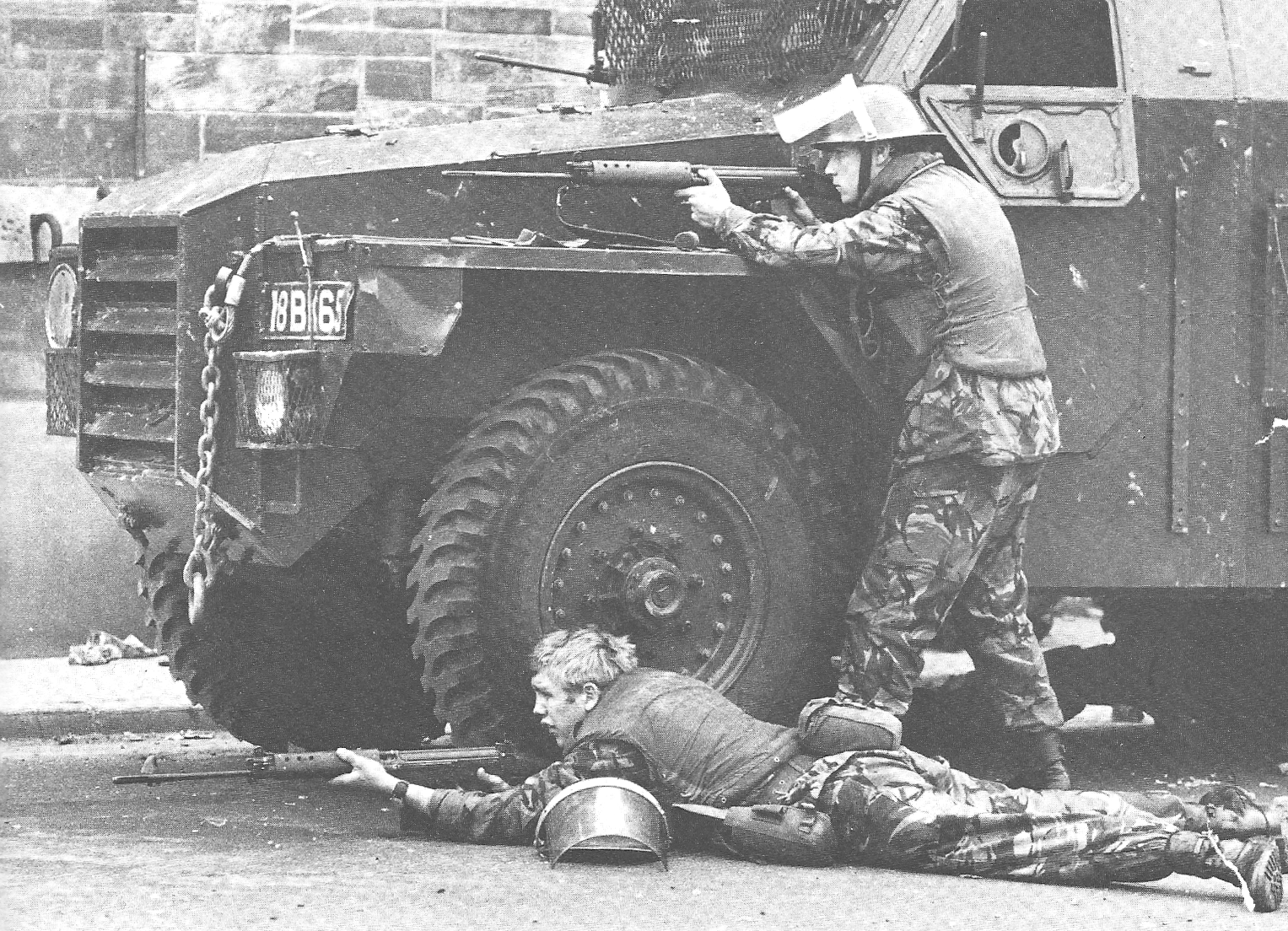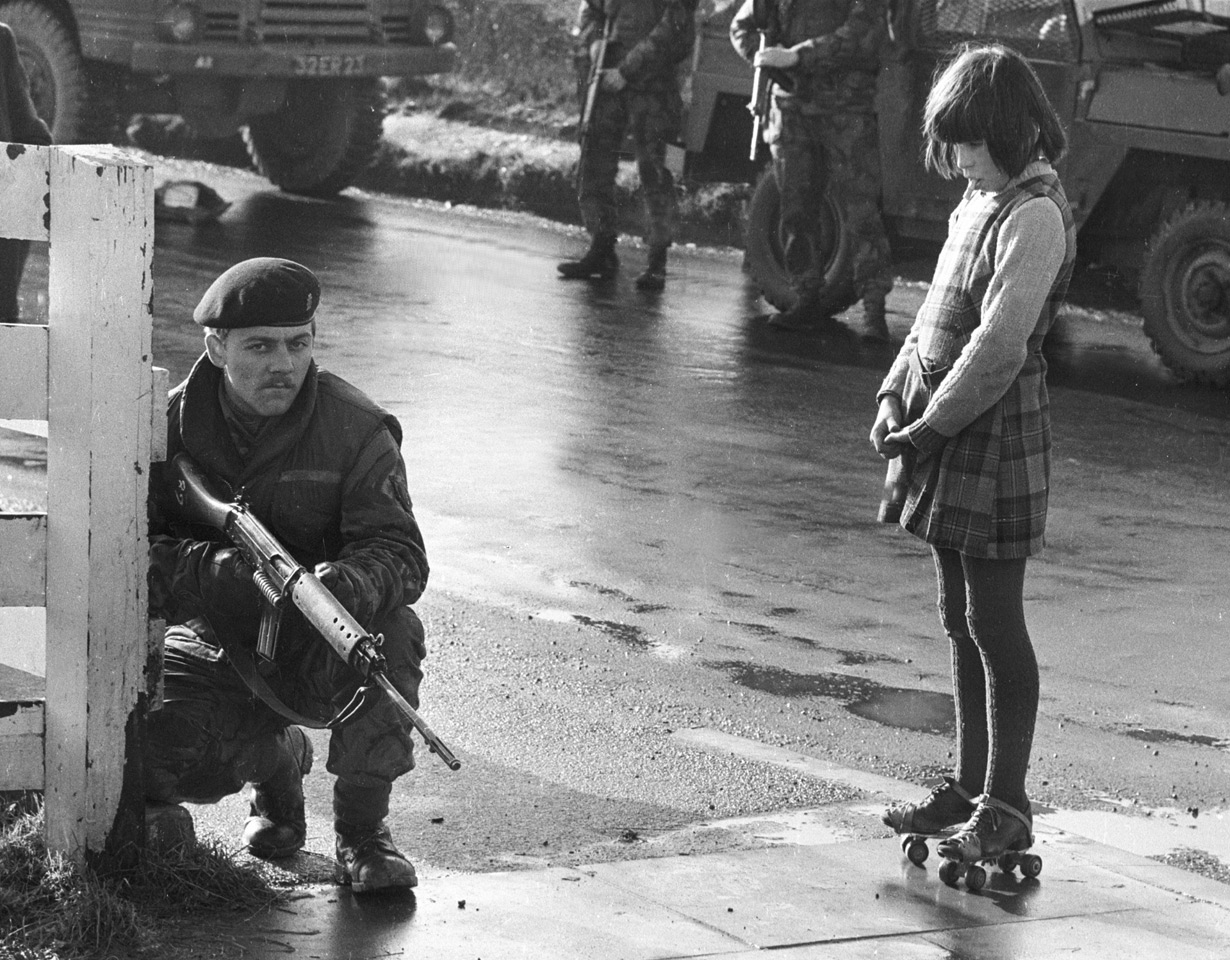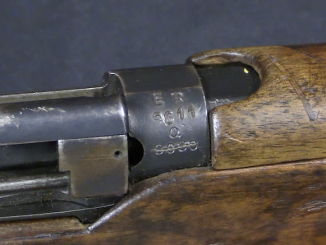RIA’s catalog page for this pair of pistols
John Rigby founded his unmaking company in 1775, and it continues to exist making fine rifles and shotguns to this day. He himself died in 1818, passing the business on to his son William, who was joined by John II (John Junior?) in the 1820s. During that time, they made not just rifles and shotguns but also a variety of pocket pistols for self defense at shops in both London and Dublin.
This pair is an interesting and unorthodox example of the type, with three barrels on each and a rotating striker on the hammer to select which barrel to fire. The selector rotates only clockwise, preventing the possibility of accidentally returning to a previously fired barrel under stress. The triggers fold up when the hammer is not cocked, preventing them from catching in a pocket and removing the need for a bulky trigger guard.




Having owned a single barreled “muff pistol” I’ve found that what looks like rifling is actually a “gripping surface” for a matching wrench used to detach a barrel for loading.
This used a much tighter fitting ball that got more of the push provided from the rather small powder charge used.
I can only imagine that this three shot weapon was a last resort. And I assume lack of proper medicine made wounds much worse.
Agree with George M.
The star pattern in the muzzles are the same concept as modern torx head screws. These pistols were originally sold with a wrench for unscrewing the barrels, both for cleaning and for loading. «Turn-off barrels» like this were pretty much standard on pocket pistols for a long time.
This also explains the numbered barrels. That’s to ensure the user won’t try to put a barrel in the wrong place when loading the gun, as hand-cut threads were not quite interchangeable so excess wear might result from mixing barrels.
As the catalog describes these pistols as smoothbores I believe Mr. B. is correct that these were screw-off barrels for loading, and the wrench is unfortunately absent. By the way they are .31 caliber, not unrespectable. I wonder if you aimed/shot with one hand and cocked/advanced the striker with the other.
Theory: Might the big “lanyard holes” be large enough to serve as stands for detached barrels? Using one pistol to support a detached barrel from the other pistol, so it doesn’t tip over and spill the gunpowder while you’re fumbling with your shot-bag for a bullet?